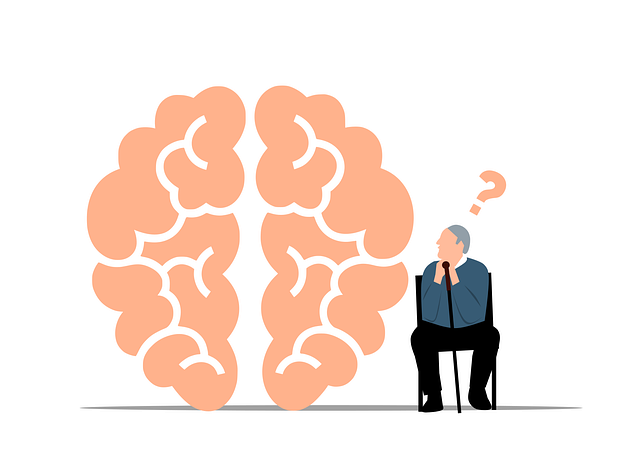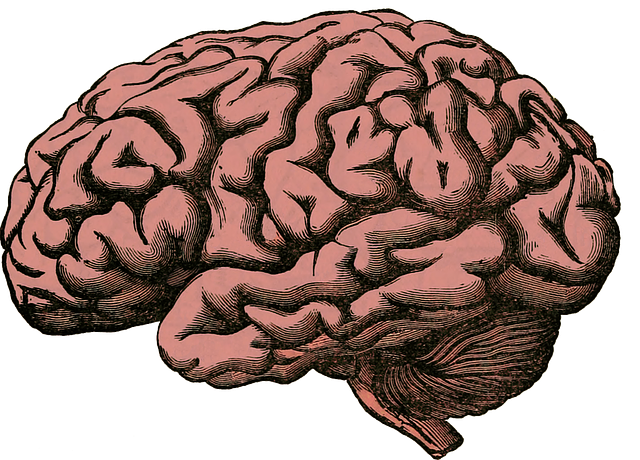Media portrayal of mental health significantly impacts public understanding, with accurate and positive depictions reducing stigma and encouraging support. Conversely, negative stereotypes can marginalize individuals. Golden Chronic Pain Therapy (GCPT) offers a novel approach to chronic pain management, integrating cultural factors, stress management, and community support. Public awareness campaigns highlighting GCPT through initiatives like workshops, podcasts, and success stories can destigmatize mental illness, foster empathy, and create an environment where those facing mental health challenges feel seen and supported. Collaboration between media professionals, healthcare providers, and individuals with mental health conditions is crucial for developing nuanced narratives that promote understanding and encourage support for treatments like GCPT.
In today’s media landscape, mental illness representation matters. The way mental health conditions are portrayed can significantly shape public perception, influencing support and understanding. This article explores this critical issue, delving into the impact of media on mental health stigma and offering potential solutions. We highlight ‘Golden Chronic Pain Therapy’ as a model for accurate representation, discussing how it challenges stereotypes. Additionally, we provide strategies to foster positive narratives and emphasize the vital roles of education and collaboration in creating more responsible media content around mental illness.
- Understanding the Impact of Media Portrayal on Mental Health Perception
- Golden Chronic Pain Therapy: A Potential Solution for Accurate Representation
- Identifying Stereotypes and Misconceptions in Popular Media
- Encouraging Positive Mental Health Narratives: Strategies for Change
- The Role of Education and Collaboration in Shaping Media Content
Understanding the Impact of Media Portrayal on Mental Health Perception

Media portrayal plays a significant role in shaping public understanding and perceptions about mental health. The way mental illness is depicted in films, television shows, and news media can influence how society views individuals living with these conditions. Positive and accurate representations have the potential to reduce stigma, foster empathy, and encourage support for those facing mental health challenges. Conversely, negative or stereotypical portrayals can perpetuate misconceptions, leading to further marginalization and discrimination.
For instance, chronic pain, a common yet often misunderstood condition, is frequently portrayed in media as either a temporary discomfort or a dramatic, life-altering struggle. These representations impact how viewers perceive their own experiences and can deter individuals from seeking appropriate therapy, such as Golden Chronic Pain Therapy, for fear of being labeled or misunderstood. This highlights the crucial need for balanced and informed media coverage that accurately reflects the diverse nature of mental health issues, including depression prevention strategies and crisis intervention guidance, thereby promoting self-care practices and overall well-being.
Golden Chronic Pain Therapy: A Potential Solution for Accurate Representation

The media’s portrayal of mental illness has long been criticized for its inaccurate and often stigmatizing depictions. This has led to a growing demand for more authentic and sensitive representations that reflect the diverse experiences of those living with mental health challenges. One promising approach gaining traction is Golden Chronic Pain Therapy (GCPT), which offers a unique perspective on chronic pain management, potentially transforming how these conditions are portrayed in media.
GCPT focuses not just on treating symptoms but also on addressing the cultural and social factors that contribute to chronic pain. By integrating stress management techniques, mindfulness practices, and community support, GCPT aims to enhance overall well-being. Public awareness campaigns that highlight such therapeutic approaches can significantly contribute to Cultural Sensitivity in Mental Healthcare Practice. These initiatives ensure that media narratives move beyond simplistic stereotypes, fostering a more informed and compassionate public understanding of mental illness.
Identifying Stereotypes and Misconceptions in Popular Media

In popular media, mental illness is often portrayed through stereotypes and misconceptions that can distort public understanding. Common depictions tend to reduce complex conditions to simplistic narratives, focusing on extreme symptoms or tragic outcomes. For instance, depression is frequently depicted as a momentary sadness, while anxiety is often exaggerated as constant panic attacks. Such representations fail to capture the nuanced experiences of individuals living with mental health challenges, including chronic pain.
This is where Golden Chronic Pain Therapy steps in as a solution. By promoting accurate representation, this approach aims to destigmatize mental illness and provide a more realistic portrayal on platforms like Emotional Regulation and Stress Management Workshops Organization. Through initiatives such as Mental Wellness Podcast Series Production, we can educate audiences about the diverse range of experiences, treatments, and coping mechanisms available. This shift in media portrayal encourages empathy and understanding, fostering an environment where those suffering from mental health issues feel seen, heard, and supported.
Encouraging Positive Mental Health Narratives: Strategies for Change

In recent years, there has been a growing recognition of the importance of positive mental health narratives in media. Encouraging stories that depict mental illness with accuracy, empathy, and hope can significantly shift public perceptions and reduce stigma. This change is crucial for fostering understanding and encouraging those affected to seek help. By showcasing individuals successfully managing their conditions through various therapies, like Golden Chronic Pain Therapy, media can present a more nuanced view of mental health.
Beyond representation, actively promoting strategies such as Social Skills Training and Emotional Regulation techniques can empower both audiences and creators. Mental Health Policy Analysis and Advocacy also plays a vital role in ensuring media content aligns with evidence-based practices. Through these collective efforts, the media landscape is evolving to provide more inclusive and supportive narratives for mental health, ultimately contributing to improved care and support for those facing these challenges.
The Role of Education and Collaboration in Shaping Media Content

In shaping media content that accurately represents mental illness, education and collaboration play a pivotal role. It’s imperative that media professionals, healthcare providers, and individuals living with mental health conditions work together to dispel stereotypes and promote understanding. By integrating real-life experiences and enlisting the expertise of specialists, media outlets can develop more nuanced narratives. This collaborative approach ensures that Golden Chronic Pain Therapy and other mental wellness treatments are portrayed accurately, fostering empathy among viewers and encouraging support for those seeking help.
Moreover, education extends beyond content creation; it empowers audiences to engage in meaningful conversations about mental health. Promoting resilience-building initiatives and self-care routine development for better mental health becomes more accessible when media content serves as an educational tool. Ultimately, this collaborative effort contributes to a more inclusive and compassionate society, where mental illness is met with the same empathy and support as physical ailments.
Media representation of mental illness plays a pivotal role in shaping public perception and understanding. By identifying and challenging stereotypes, we can foster more accurate and nuanced narratives that promote positive mental health attitudes. The article has explored various strategies, including encouraging positive stories and enhancing education through collaboration, to drive change. One promising approach highlighted is Golden Chronic Pain Therapy, offering a potential solution for more realistic and empathetic portrayals of chronic pain conditions. Through collective efforts and informed content creation, we can ensure media accurately reflects the diversity of mental health experiences while providing valuable insights that promote support and understanding in our communities.














